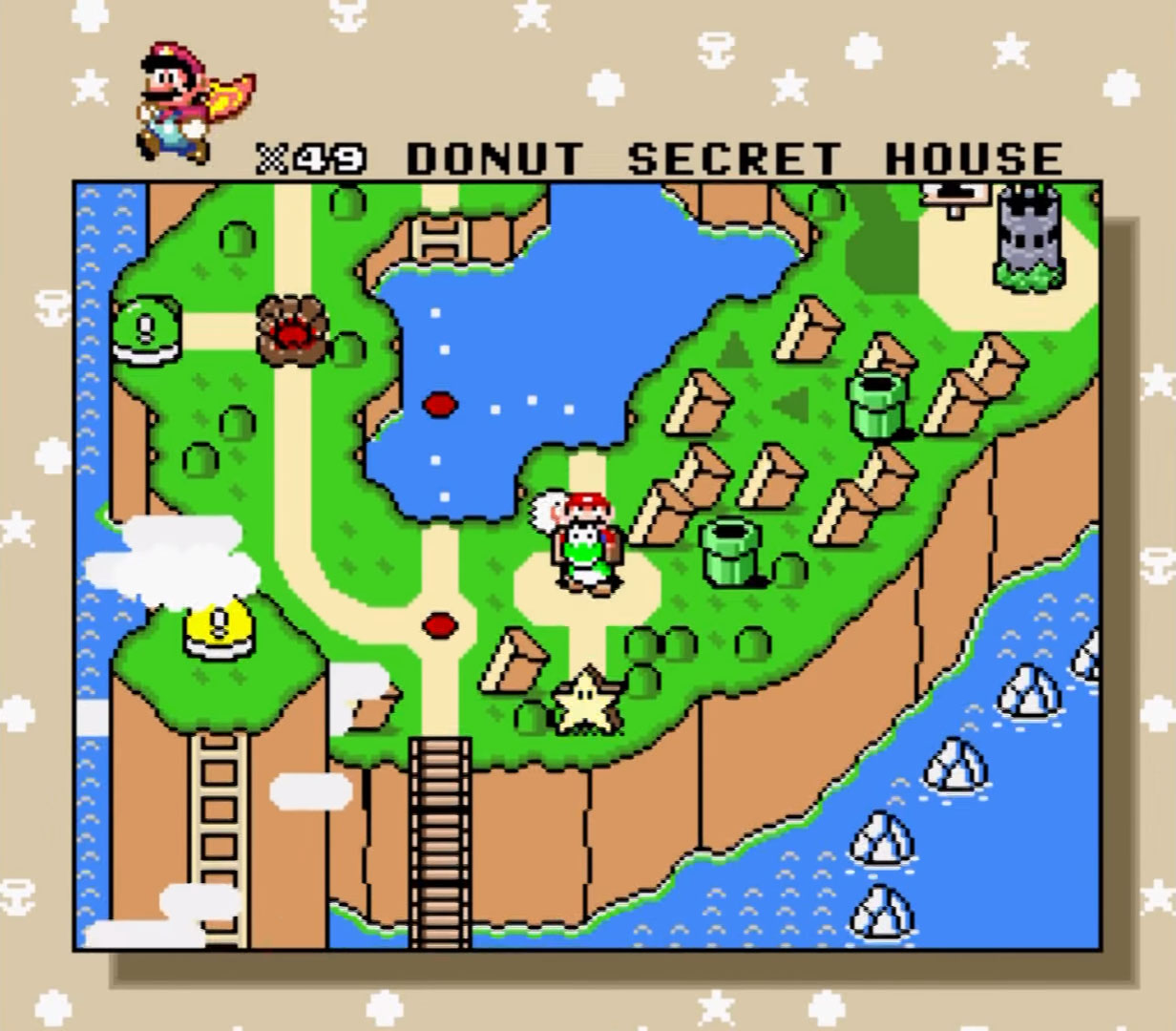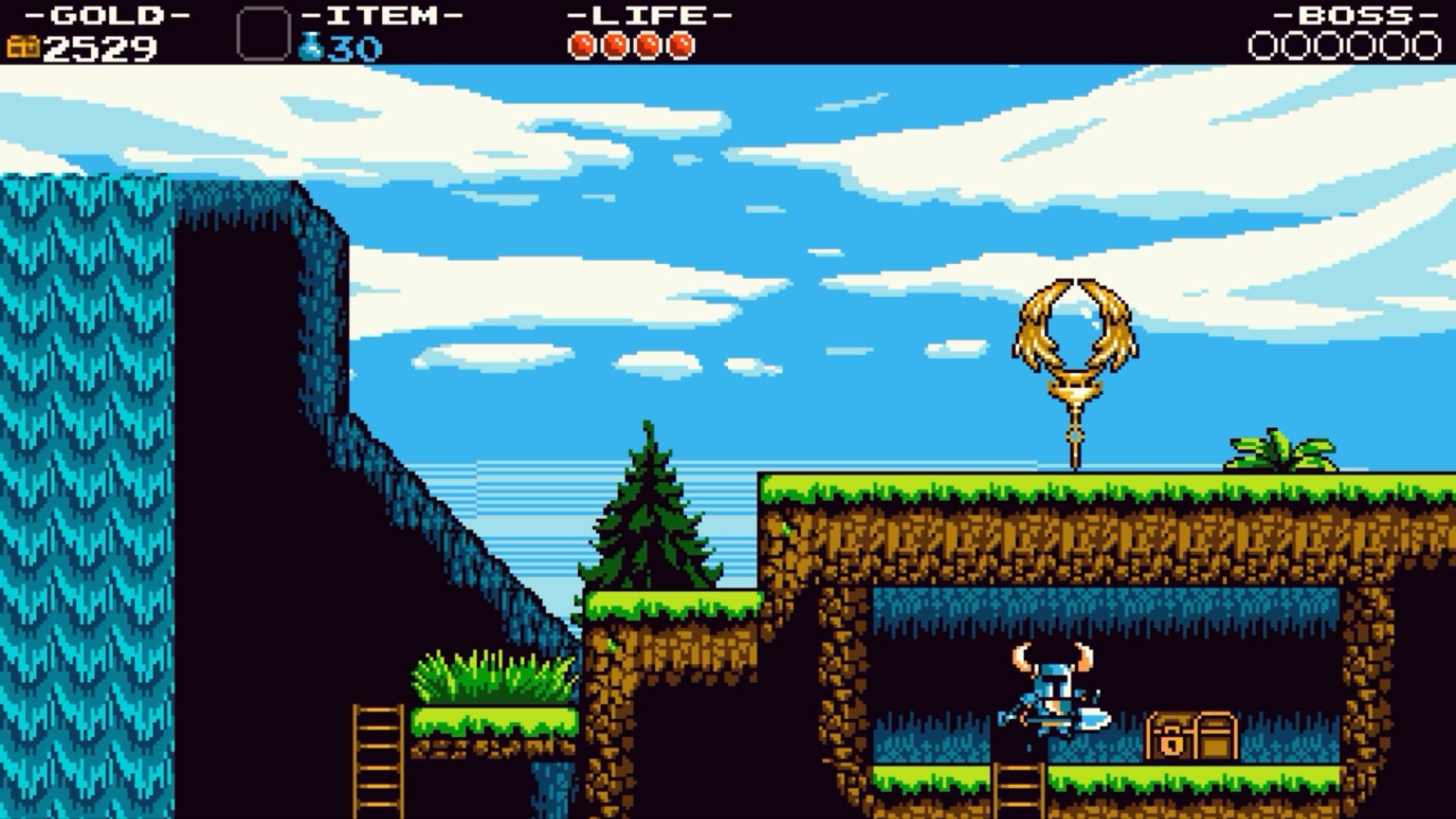DIY Super NES Classic #17: Super Mario World / Shovel Knight
By Christopher Gates Posted in Featured, Video Games on September 27, 2017 4 min read
So, you didn’t manage to snag a Super NES Classic. Yeah, neither did we. But instead of whining about it—okay, in addition to whining about it—we’ve decided to put together our own “DIY Super NES Classic” collection by replacing retro SNES titles with the best indie games we can find. It’s the next best thing to actually owning one!
The game: Shovel Knight
Play it instead of: Super Mario World
Why we chose it:
Super Mario World is the single greatest game of all time, and quite possibly represents humanity’s crowning achievement. No game even comes close to capturing its majesty. There are no replacements. On to the next title, right?
Okay, fine. If you like Super Mario World, play Shovel Knight.
Yes, it’s an obvious choice, but nothing else seems quite right. Super Meat Boy, N++, and many other modern platformers rely on fast, brutal challenges and repeated, quick deaths. That’s not Super Mario World’s rhythm at all. Wonder Boy and the Dragon’s Trap is very old-school (although the new HD graphics are gorgeous), and doesn’t control well. Cave Story is a classic, but it’s really an adventure game, not a platformer. Spelunky is procedurally generated, while Super Mario World’s biggest strength is its hand-crafted world. Rayman Legends might be the closest thing we’ve got to Mario’s 16-bit outing, but it’s shallow and it’s not an indie game.
And that got me thinking: what, exactly, makes Super Mario World my all-time favorite game?

It’s the secrets, I think. In many ways, Super Mario World is the first exploration-based Mario title. Super Mario Bros. 3 is probably a better, tighter platformer than Super Mario World, but it’s very much about getting from one end of the level to another. Beating Super Mario World is easy, but that’s not really the fun part anyway.
See, Super Mario World gave players tools like the cape, the Switch Palaces, and Yoshi and then dropped them into the biggest stages Mario had ever seen, at least at the time. Reaching the goal post at the level’s conclusion is just one challenge. Sussing out each and every secret hidden along the way takes a lot more effort.
Even Super Mario World’s secrets have secrets. Find a hidden exit in Donut Plains 1, and you’ll head to Donut Secret 1. Find a hidden exit there, and you’ll unlock Donut Secret House. Beat that the normal way, and head on to Donut Secret 2. Defeat the secret Big Boo boss, and you’ll head to the warp zone-like Star World. Find all of the hidden exits there, and you’ll reveal the extra-secret Special World.
The whole game is like that. Super Mario World’s hidden levels tend to be much harder than the normal ones, but like Super Mario 64 and Super Mario Sunshine, Super Mario World’s real rewards come from discovery, not mastery.
And when I tried to think of a game that’s a traditional platformer and that’s similarly filled with secrets, I could only come up with one: Shovel Knight.

I ran into that issue a lot. Is there another game that ties together its levels with an overworld map that also features branching paths and hidden levels? What about impeccably designed enemies that immediately convey their strengths and weaknesses, while also bursting with personality? Is there any other game out there with controls as accurate, intuitive, and flexible as Super Mario World?
Shovel Knight does all of those things.
Now, I’m not stupid. I know that Shovel Knight borrows more from Zelda 2: The Adventure of Link, DuckTales, and Mega Man than Super Mario Bros. I know that the graphics and presentation hearken back to the days of the original Nintendo Entertainment System, not the Super NES.
But really, if I’m completely honest, only one question really matters: has any other game ever filled me with as much unrestrained joy as Super Mario World?
Shovel Knight did. Like it or not, Shovel Knight is always the answer.
Where to get it: Steam ($24.99)